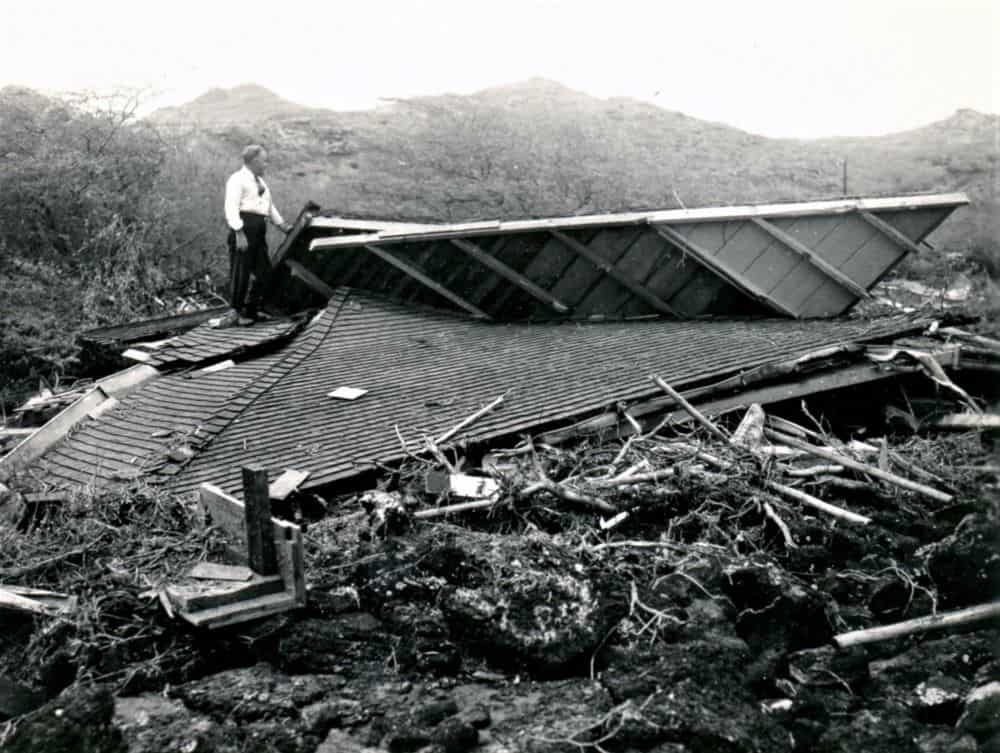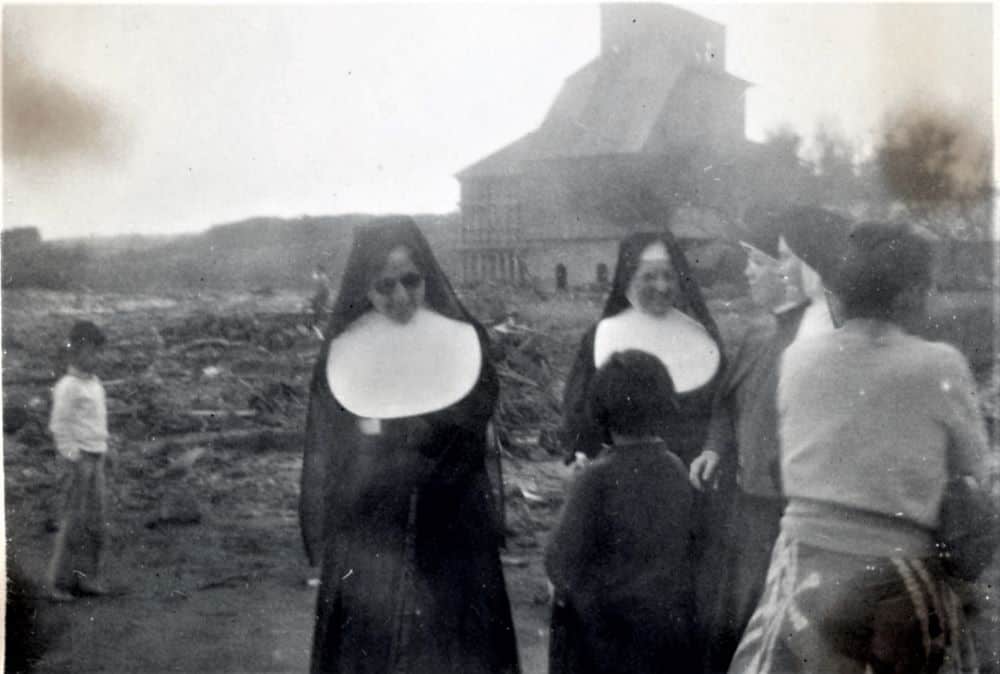
After surviving World War II and the struggles and hardships that came with living in a place that had an active role in the Pacific Theater, as well as being firsthand witnesses of the tragedy of Pearl Harbor, the Sisters of St. Joseph of Carondelet in Hawaii then became eyewitnesses to another tragedy. On April 1, 1946, a deadly tsunami hit the Hawaiian Islands, caused by an 8.6 magnitude earthquake off the coast of Alaska, 2,400 miles away.
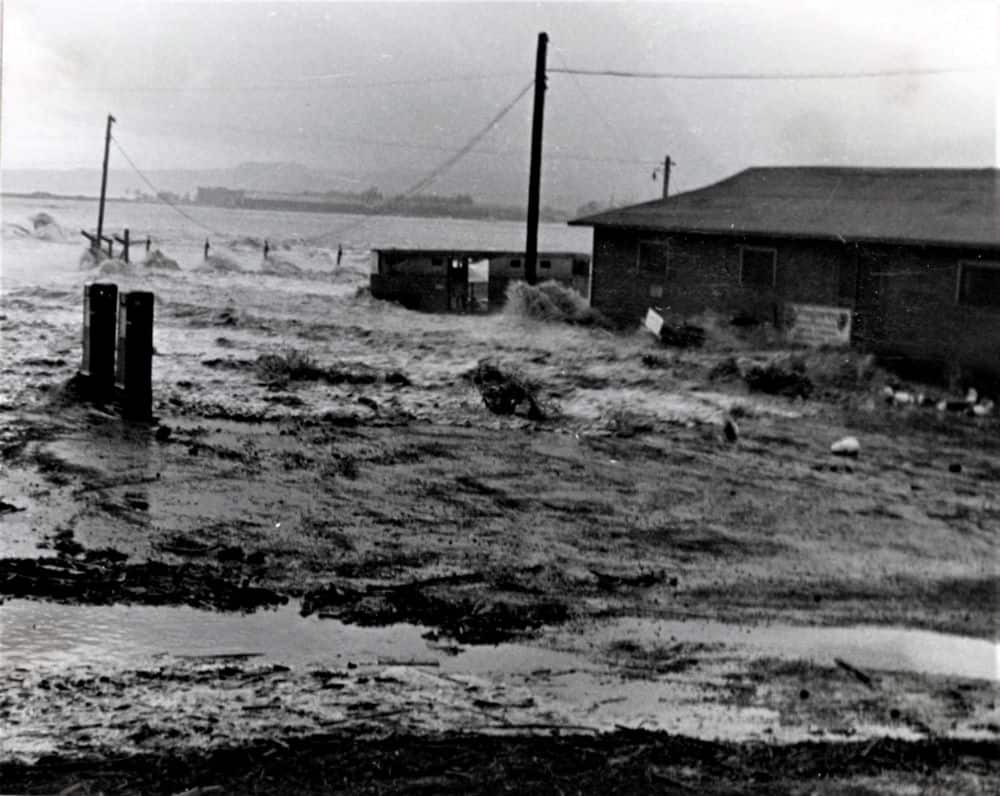
Because of the initial destruction of the earthquake and tsunami around the Aleutian Islands of Alaska, no warning was transmitted, and Hawaii was caught unawares. The 60-foot high waves of the tsunami hit just as Islanders were headed off to work and school. It has been estimated that 173 people died—many were swept out to sea—and around 600 buildings were destroyed.
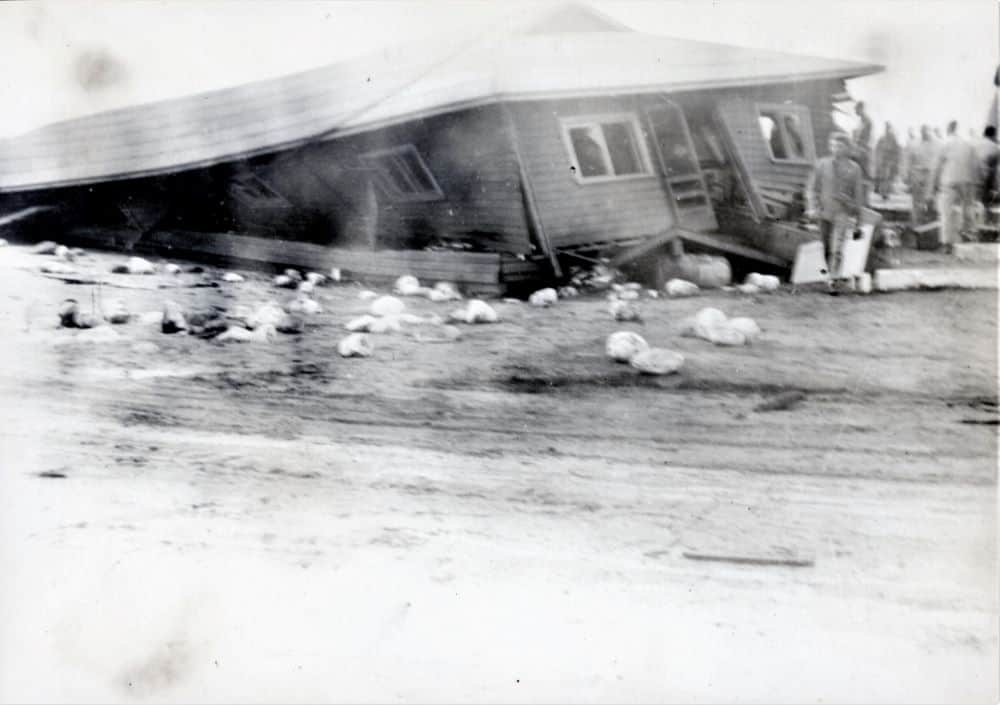
These pictures, found in the scrapbooks of the sisters in Hawaii at the time, illustrate the destruction that they witnessed. The scrapbooks are part of a collection of records from the former Hawaii Vice-Province which can now be found in the Carondelet Consolidated Archives in St. Louis.
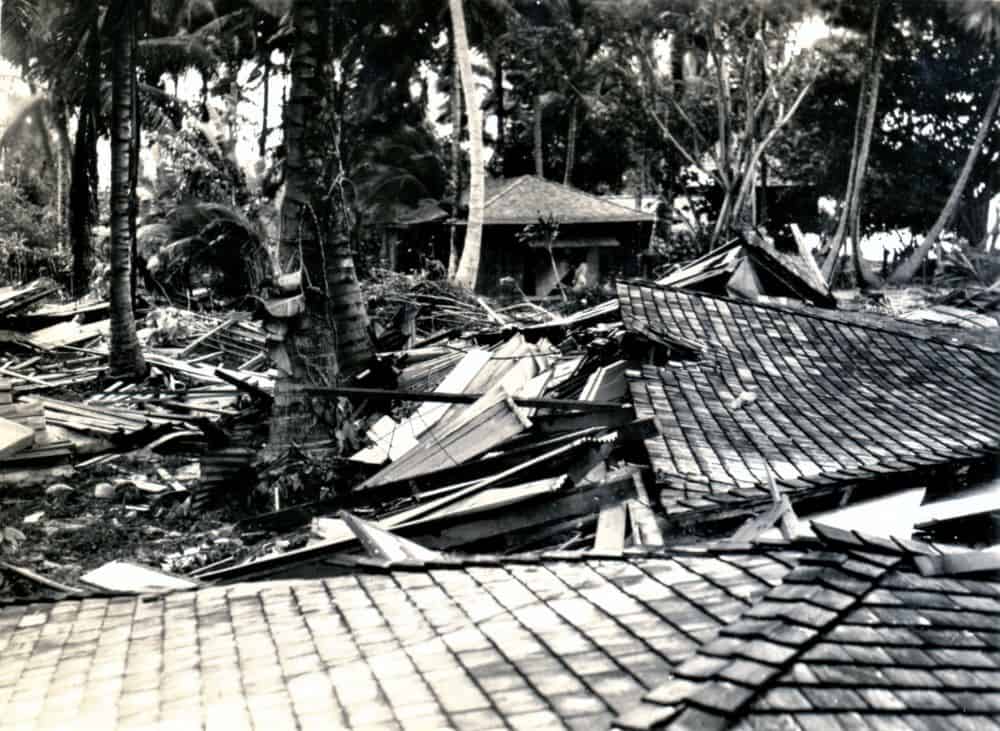
An interesting side note: as a result of what has become known as the April Fool’s Day Tsunami and the destruction it left in its wake, the United States established a method to detect and predict deadly waves caused by seismic activity. This is now known as the Pacific Tsunami Warning System, which has been in operation since 1949.
